The Current Expected Credit Loss (CECL) model, introduced by the Financial Accounting Standards Board (FASB) through ASU 2016-13, represents a significant shift in how financial institutions estimate and manage credit risk. CECL requires institutions to estimate expected credit losses over the lifetime of financial assets, marking a departure from the previous incurred loss model, which recognized losses only when they were probable. This new model takes into account a wide array of factors including economic forecasts, historical loss experiences, and the specific conditions of their loan portfolios.
With this shift, the need for independent model validations has become increasingly important. This article provides a comprehensive overview of the CECL model, focusing on its key features, implementation challenges, regulatory expectations, and the importance of ongoing model validation.
Find more information on NETBankAudit’s CECL Model Validation Services, download our PDF here.
What is CECL? An Overview of the Current Expected Credit Loss Model
The CECL model was designed in response to the financial crisis of 2008-2009, which exposed the limitations of the incurred loss model. Under CECL, institutions must account for expected credit losses from the time a financial asset is recognized. This proactive approach helps institutions better prepare for potential financial downturns by incorporating a wider range of data, including forward-looking information.
.webp)
Key Features of the CECL Model
- Elimination of the "Probable" Threshold: Unlike the incurred loss model, CECL eliminates the "probable" threshold, requiring earlier recognition of credit losses.
- Use of Forward-Looking Information: Institutions must consider not only historical data but also current conditions and reasonable forecasts when estimating credit losses.
- Applicability to a Broad Range of Financial Instruments: CECL applies to all financial instruments carried at amortized cost, including loans, held-to-maturity debt securities, and trade receivables.
Methodologies for Estimating Credit Losses Under CECL
CECL offers flexibility in how institutions estimate expected credit losses. The following methodologies are commonly used:
- Loss Rate Method: Calculates expected losses based on historical loss rates applied to current balances.
- Vintage Analysis: Tracks losses by grouping financial assets based on the period of origination.
- Discounted Cash Flow Method: Estimates losses by discounting expected future cash flows to their present value.
- Probability of Default / Loss Given Default (PD/LGD) Method: Uses statistical models to estimate the likelihood of default and the expected loss in the event of default.
Institutions must segment financial assets by similar risk characteristics to apply these methods effectively. This segmentation ensures that the loss estimation process reflects the unique risk profiles of different asset classes.
CECL Model Impact on Regulatory Capital
CECL has significant implications for regulatory capital. To mitigate the impact, regulators have introduced a phased-in approach for capital effects over a three-year period. This approach allows institutions to gradually adjust their capital planning processes to accommodate the increased provisions for credit losses required under CECL.
Challenges and Risk Management Considerations of CECL Implementation
Implementing CECL presents several challenges, particularly around data requirements and risk management:
- Data Requirements: CECL necessitates high-quality data that includes historical loss information, current conditions, and forward-looking economic forecasts. Institutions must invest in robust data management systems to meet these requirements.
- Qualitative Adjustments: Beyond quantitative data, CECL requires qualitative adjustments to account for factors not captured by historical data. These adjustments must be well-documented and based on reasonable and supportable information.
- Model Complexity: The complexity of CECL models can vary significantly depending on the institution’s portfolio and the chosen estimation method. Institutions must ensure that their models are conceptually sound, well-documented, and regularly validated.
Key Dates in the Evolution of CECL: A Historical Timeline
.webp)
2008-2009: The Financial Crisis
- Event: The global financial crisis highlighted the limitations of the incurred loss model, which only allowed the recognition of credit losses once they were deemed "probable." This delay in recognizing losses was seen as a major flaw, leading to "too little, too late" provisions that exacerbated the financial crisis.
- Impact: The crisis prompted calls for a more forward-looking approach to credit loss estimation, which would eventually lead to the development of the CECL model .
2011-2012: Initial Developments
- Event: The Financial Accounting Standards Board (FASB) and the International Accounting Standards Board (IASB) began working together to develop a new impairment model. This collaboration led to the proposal of a "three-bucket" model that aimed to address the delayed recognition of credit losses
- Impact: Despite the effort, stakeholders expressed significant concerns about the complexity and operability of the three-bucket model, leading to its abandonment in favor of the CECL model .
December 2012: Exposure Draft of the CECL Model
- Event: The FASB issued an exposure draft proposing the Current Expected Credit Loss (CECL) model. This draft introduced a single measurement objective for all financial assets measured at amortized cost, which would later become the foundation of the CECL model.
- Impact: The exposure draft marked a significant shift towards a more proactive and comprehensive approach to estimating credit losses .
June 2016: Issuance of ASU 2016-13
- Event: The FASB issued Accounting Standards Update (ASU) No. 2016-13, "Financial Instruments—Credit Losses (Topic326): Measurement of Credit Losses on Financial Instruments." This update formally introduced the CECL model, requiring institutions to estimate expected credit losses over the lifetime of financial assets.
- Impact: ASU 2016-13 represented a landmark change in credit loss accounting, moving away from the incurred loss model to amore forward-looking approach that considers a broad range of data, including reasonable and supportable forecasts .
June 17, 2016: Joint Statement by Regulatory Agencies
- Event: U.S. regulatory agencies, including the Federal Reserve, FDIC, OCC, and NCUA, issued a joint statement summarizing the key elements of the CECL model and providing initial guidance on its implementation.
- Impact: This joint statement laid the groundwork for regulatory expectations, emphasizing the need for institutions to prepare early for CECL adoption .
April 3, 2019: Publication of Additional FAQs and Regulatory Guidance
- Event: Regulatory agencies released additional frequently asked questions (FAQs) and updated guidance to assist institutions in implementing the CECL model. This included clarifications on effective dates, regulatory capital impacts, and the use of qualitative factors.
- Impact: The updated FAQs provided critical insights into how institutions should approach CECL implementation, addressing common concerns and ensuring a consistent application across the industry .
November 2019: Delay in Effective Dates
- Event: The FASB issued ASU 2019-10, which delayed the effective date of the CECL model for certain non-public business entities (non-PBEs) to fiscal years beginning after December 15, 2021.
- Impact: This delay provided additional time for smaller institutions to prepare for CECL implementation, recognizing the significant challenges involved in transitioning to the new model .
January 1, 2020: Initial Effective Date for SEC Filers
- Event: The CECL model became effective for public business entities (PBEs) that are SEC filers for fiscal years beginning after December 15, 2019.
- Impact: This marked the official start of CECL adoption for many large financial institutions, setting the stage for widespread implementation across the industry .
January 1, 2021-2022: Effective Dates for Other Entities
- Event: The CECL model became effective for other PBEs (non-SEC filers) in 2021 and for non-PBEs in 2022.
- Impact: The phased implementation allowed institutions to gradually transition to the new standard, with smaller and less complex institutions benefiting from additional time to prepare .
%201%20(1).svg)
%201.svg)
THE GOLD STANDARD INCybersecurity and Regulatory Compliance
CECL Model Validation Best Practices
Given the complexity and the critical financial implications of the CECL model, robust validation is essential. At NETBankAudit, our CECL Model Validation services are designed to evaluate and enhance the effectiveness of your CECL implementation.
The Importance of Independent Validation
Independent CECL model validation offers several benefits:
- Objective Assessment: An external perspective can identify potential blind spots or biases in your CECL model.
- Regulatory Compliance: Independent validation helps ensure adherence to regulatory expectations and guidelines.
- Risk Mitigation: By identifying potential weaknesses or areas for improvement, validation can help reduce model risk.
- Enhanced Confidence: A thorough validation process can increase stakeholder confidence in the CECL model's outputs.
Key Components of CECL Model Validation
Effective CECL Model Validation requires a comprehensive approach that examines multiple facets of the model to ensure accuracy, reliability, and regulatory compliance.
.webp)
The CECL Model Validation control objectives include the following elements:
- Methodology Evaluation: Assessing the appropriateness and effectiveness of the chosen CECL methodologies.
- Economic Indicator Review: Analyzing the selection and implementation of economic indicators used in forecasts.
- Sensitivity Analysis: Evaluating the model's sensitivity to various factors and identifying potential gaps in the analysis.
- Prepayment and Funding Rate Calculations: Reviewing the methodologies used to calculate prepayments, curtailments, and funding rates.
- Individual Loan Reserve Assessment: Evaluating the processes for calculating reserves for individually assessed loans.
- Qualitative Factor Analysis: Assessing the qualitative methodology, including factors considered, thresholds, and scaling approaches.
- Assumption and Limitation Review: Evaluating the relevance and appropriateness of current assumptions and limitations.
- Documentation Review: Ensuring CECL model documentation complies with model risk management guidelines.
- Policy Alignment: Verifying that key components of the CECL methodology are considered in the institution's loan policy and align with implementation.
NETBankAudit’s CECL Model Validation Evaluation Areas
At NETBankAudit, we take a meticulous approach to CECL Model Validation, focusing on several essential evaluation areas to ensure that your CECL implementation is robust and compliant. Our validation process is designed to scrutinize every aspect of your model, from conceptual soundness to ongoing monitoring.
- Model Conceptual Soundness: We assess whether the foundational principles of your CECL model are sound and align with industry standards and regulatory requirements.
- Data Integrity and Reconciliation: Ensuring the accuracy of the data feeding into your CECL model is crucial. We validate that your data sources are reliable and that data reconciliation processes are robust.
- Governance and Internal Controls: Effective governance and internal controls are vital for the ongoing reliability of the CECL model. We evaluate your model documentation, governance structures, and internal controls to ensure they meet regulatory expectations.
- Assumptions and Limitations: Every model has its assumptions and limitations. We review these critical elements, such as prepayment speeds and recovery periods, to ensure they are realistic and reflective of current economic conditions.
- Outcome Analysis: We examine the correlation between your loss/default data and various economic variables, ensuring that your CECL model's predictions are accurate and reliable.
- Sensitivity and Scenario Analysis: Understanding how sensitive your CECL model is to changes in key assumptions is vital. We evaluate your sensitivity analysis and identify any additional studies that might materially impact your model’s outcomes.
- Qualitative Adjustments: Beyond the quantitative aspects, qualitative adjustments play a significant role in the CECL model. We assess the factors considered, thresholds set, and scaling used to ensure these adjustments are both appropriate and justified.
- Ongoing Monitoring: Continuous monitoring is essential to ensure that your CECL model remains effective over time. We help establish processes for ongoing model evaluation, ensuring that your institution remains compliant with evolving regulations.
Aligning CECL Implementation with Regulatory Standards
Ensuring that your CECL implementation aligns with regulatory standards is crucial for compliance and effective risk management. Our CECL Model Validation process is deeply rooted in the latest regulatory guidance, drawing from a range of authoritative sources including:
- Supervisory Guidance on Model Risk Management (SR 11-7): Issued by the Federal Reserve System.
- OCC Bulletins 2000-16 and 2011-12: Issued by the Office of the Comptroller of the Currency.
- FDIC Adoption of Supervisory Guidance (FIL-22-2017): Ensures that institutions align with regulatory standards.
- Federal Financial Institutions Examination Council (FFIEC) and NIST Special Publications: Providing a comprehensive and compliant validation process.
Contact NETBankAudit for Expert CECL Model Validation
The CECL model represents a major shift in how financial institutions manage credit risk. By requiring earlier recognition of credit losses and incorporating forward-looking information, CECL offers a more proactive approach to risk management. However, implementing CECL presents significant challenges, particularly around data requirements, model complexity, and regulatory compliance.
NETBankAudit offers expert CECL Model Validation services to help institutions navigate these challenges. Our comprehensive approach ensures that your CECL implementation is accurate, compliant, and aligned with industry best practices. Contact us today to learn more about how we can support your institution in achieving a successful CECL implementation.
.avif)

.svg)
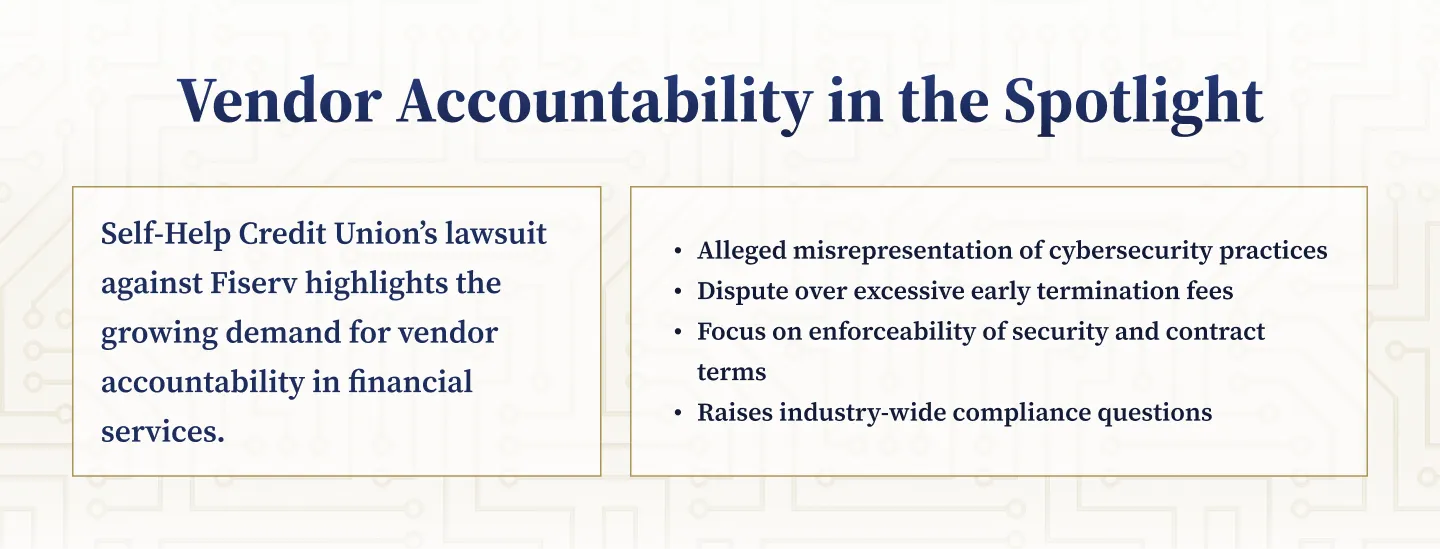
.webp)

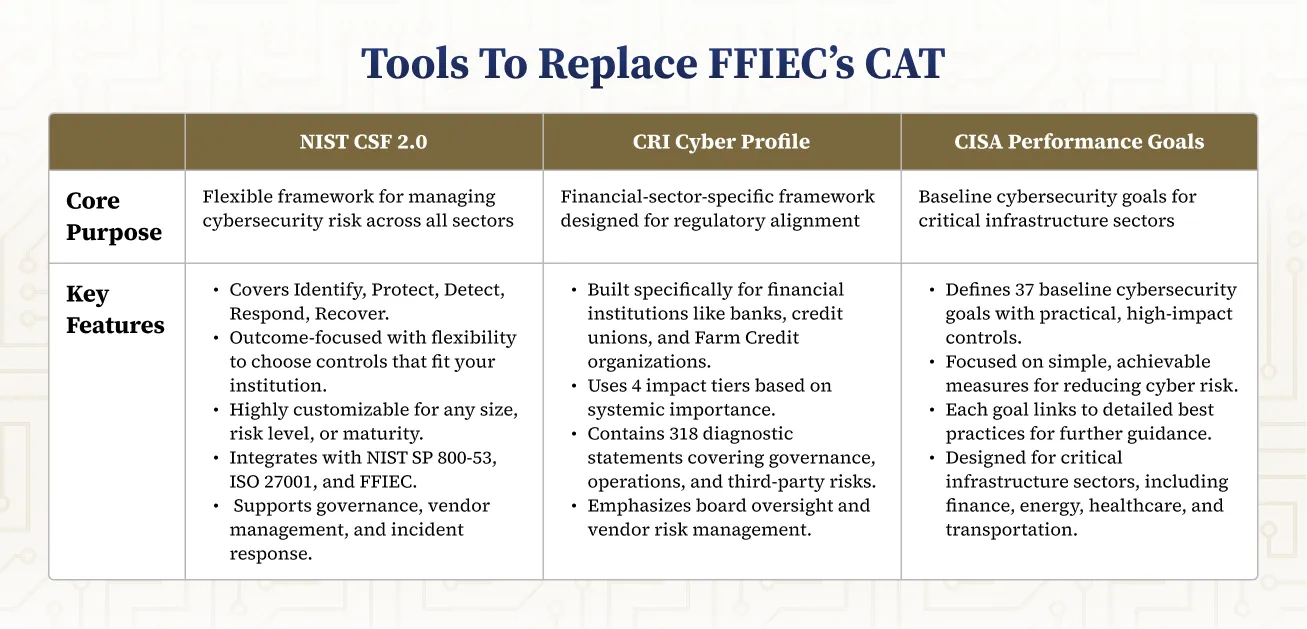
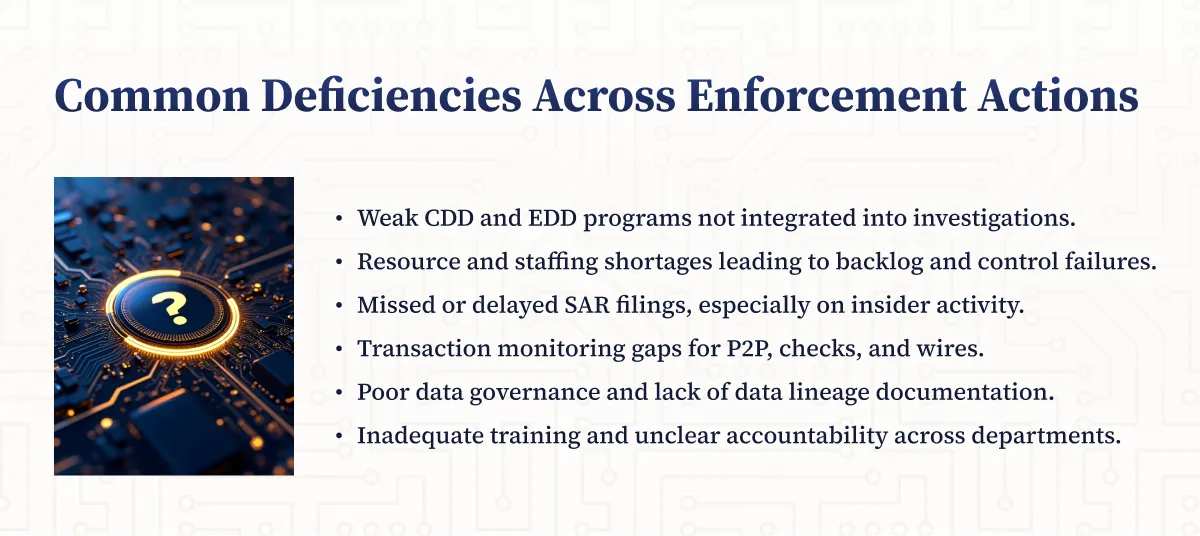
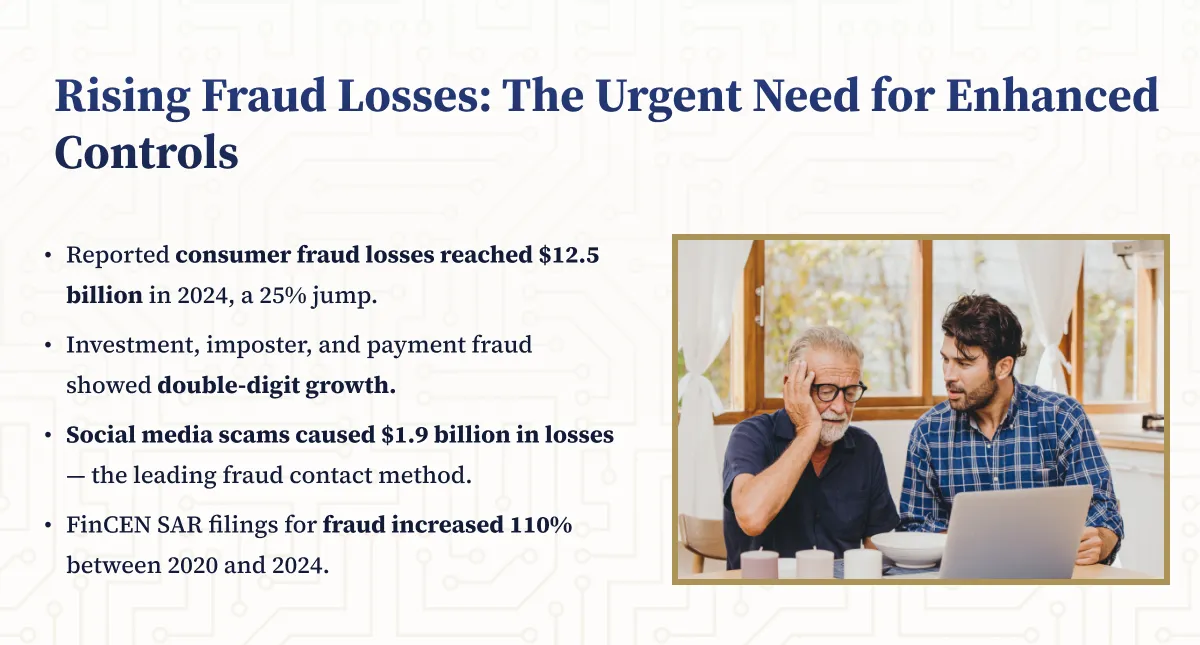
.webp)
.png)
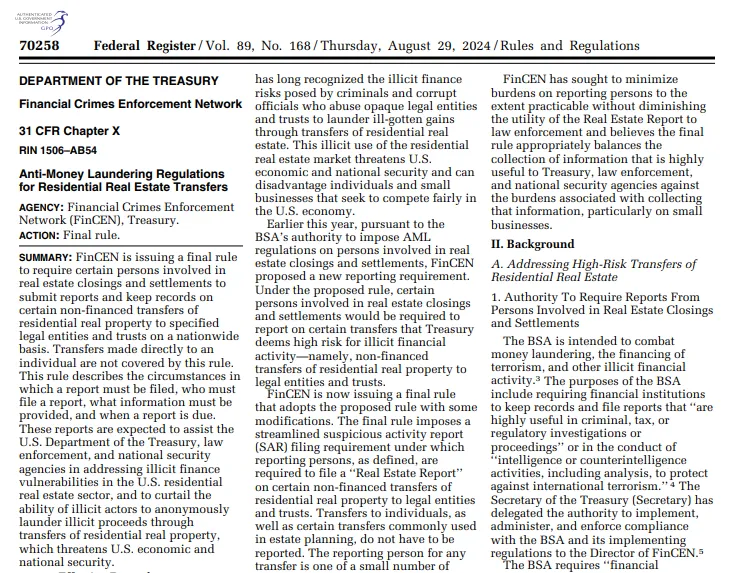
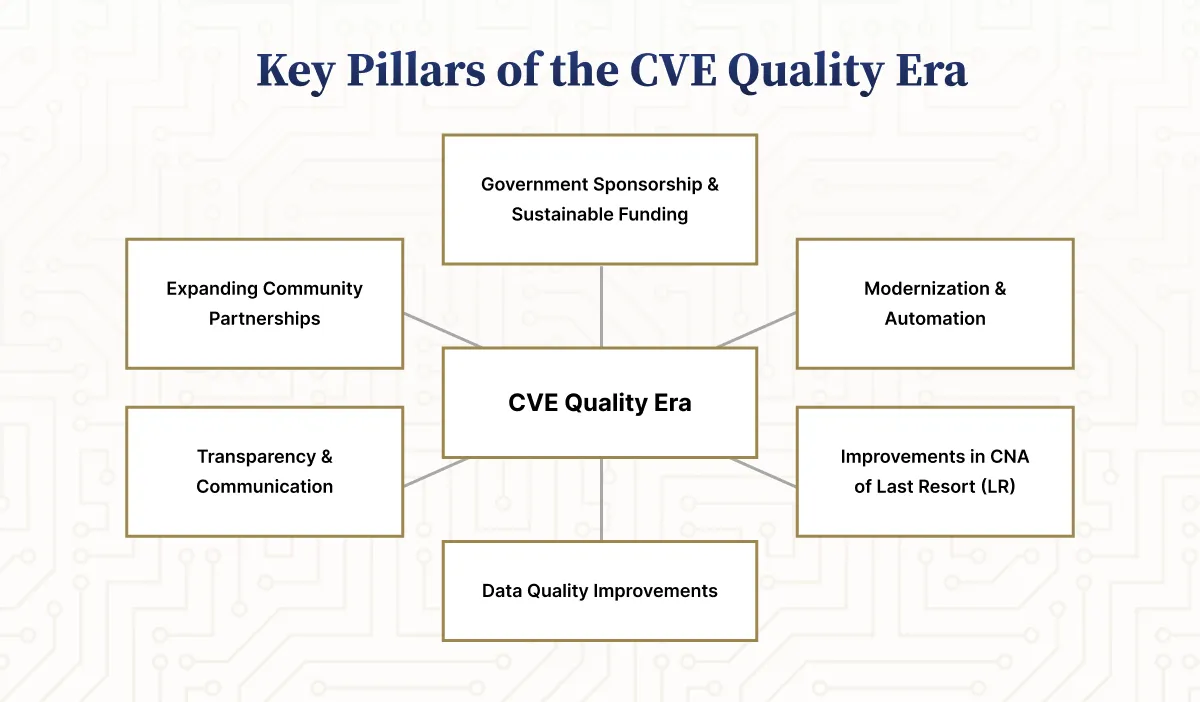
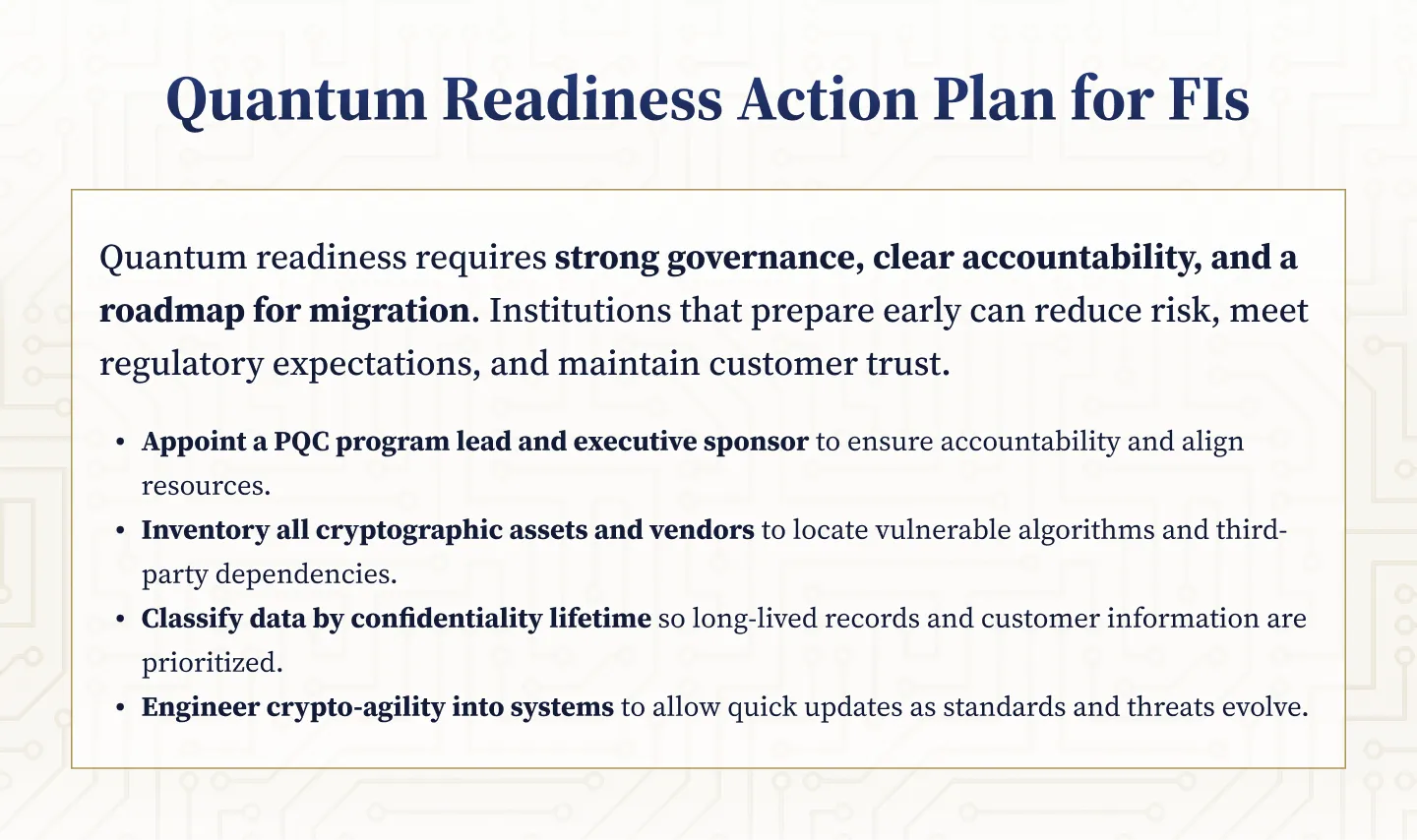
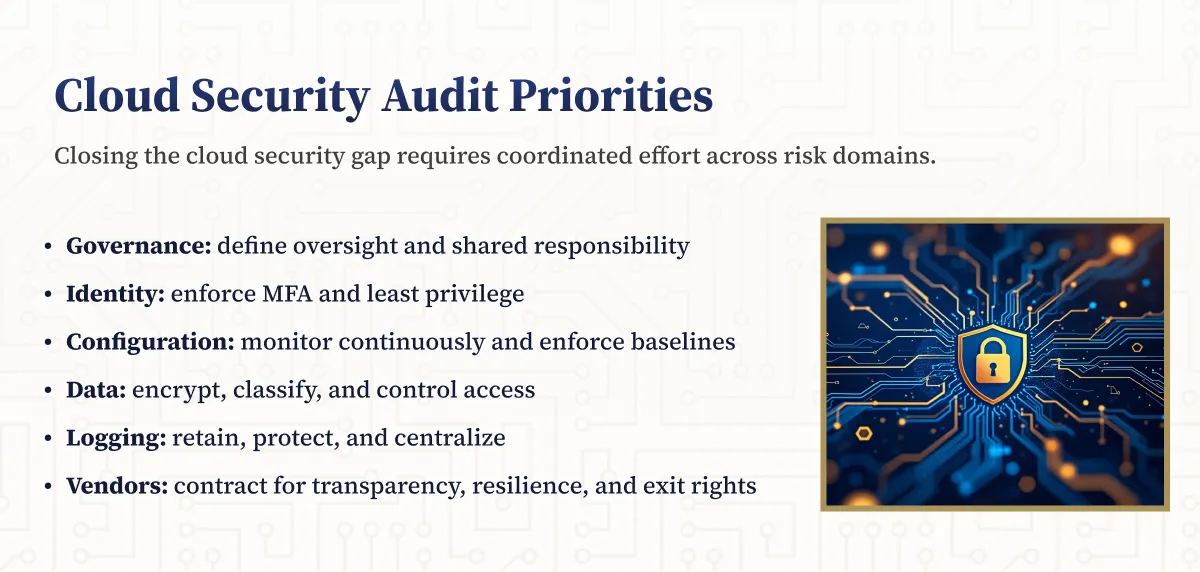
.webp)

.webp)











.webp)



.webp)

%201.webp)
.webp)
%20(3).webp)


.webp)


%20Works.webp)


.webp)




.webp)
%20(1).webp)

.webp)










.webp)
.webp)

.webp)
.webp)
.webp)
.webp)
.webp)
.webp)
%201.svg)